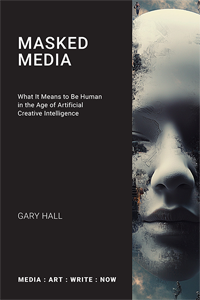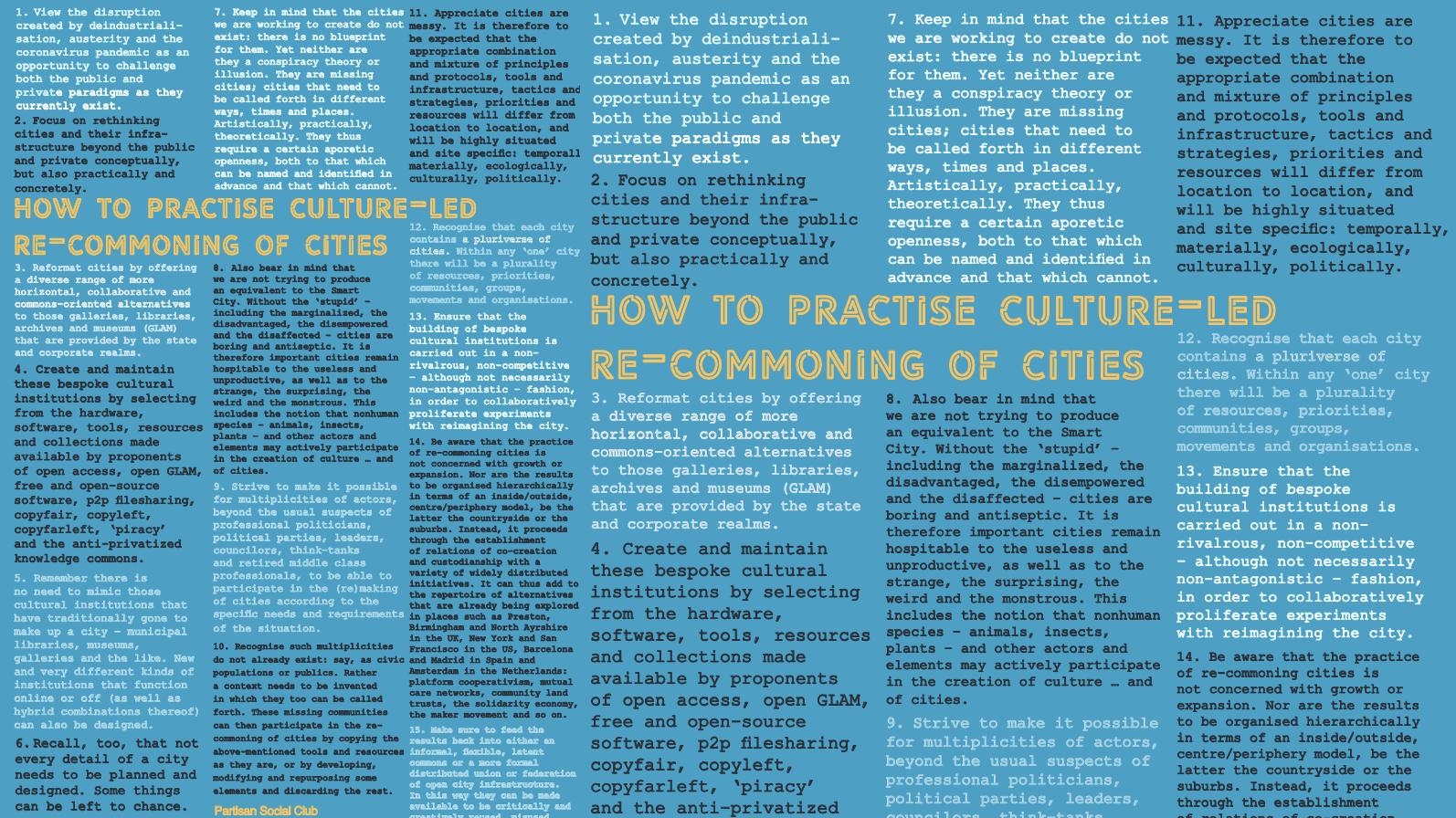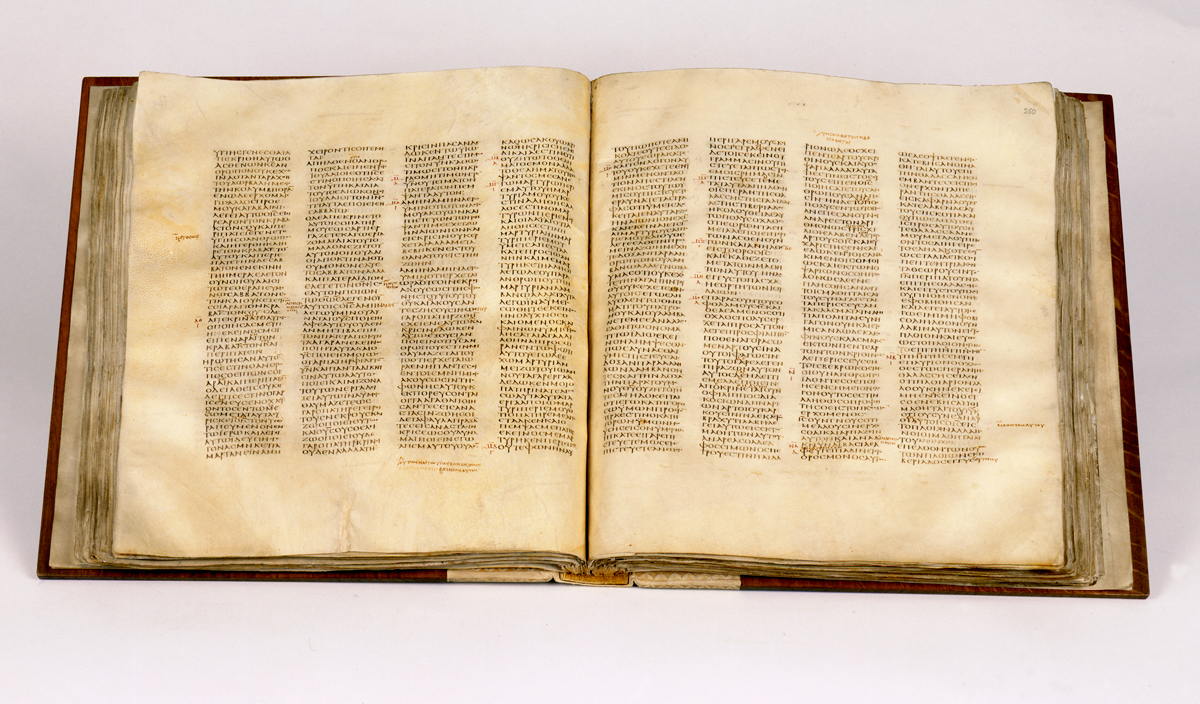The pioneering open access humanities publishing initiative, Open Humanities Press (OHP), is pleased to announce the release of 21 open access books in the Living Books About Life series. Funded by the Joint Information Systems Committee (JISC) and edited by Gary Hall, Joanna Zylinska and Clare Birchall, the books represent an important step in bridging the humanities and the sciences through open access.
Living Books About Life is a series of books on the topic of ‘life’. Produced by an international network of humanities writers and academics, including Mark Amerika (University of Colorado at Boulder), Anna Munster (University of New South Wales), Steven Shaviro (Wayne State University), Oron Catts and Ionat Zurr (SymbioticA, University of Western Australia), Monika Bakke (University of Poznan), Timothy Lenoir (Duke University), Alberto López Cuenca (Universidad de las Américas, Puebla) and Jussi Parikka (Winchester School of Art), the books repackage science-related research content on topics as diverse as air, agriculture, bioethics, cosmetic surgery, electronic waste, energy, neurology and pharmacology.
Peter Suber, Open Access Project Director, Public Knowledge, said: ‘This book series would not be possible without open access. On the author side, it takes splendid advantage of the freedom to reuse and repurpose open-access research articles. On the other side, it passes on that freedom to readers. In between, the editors made intelligent selections and wrote original introductions, enhancing each article by placing it in the new context of an ambitious, integrated understanding of life, drawing equally from the sciences and humanities’.
‘Producing twenty one “living books about life” from start to finish in just seven months, this series represents an exciting new model for publishing’, said the project leader, Gary Hall, Professor of Media and Performing Arts at Coventry University and one of the co-founders of OHP. ‘Living books is an example of a sustainable, low-cost, low-tech approach to publishing high-quality books that can be easily and freely shared on an open access basis with other academic and non-academic institutions and individuals’.
Nicholas Mirzoeff, Professor of Media, Culture and Communication at New York University, commented: ‘This remarkable series transforms the humble Reader into a living form, while breaking down the conceptual barrier between the humanities and the sciences in a time when scholars and activists of all kinds have taken the understanding of life to be central. Brilliant in its simplicity and concept, this series is a leap towards an exciting new future’.
Aside from its goal of promoting a greater public understanding of recent scientific advances, the series has already had an impact on the scholars taking part. As Erica Fudge, co-editor of the living book on Veterinary Science, put it, ‘I am now evangelical about making work publicly available, and am really encouraging colleagues to put things out there.’
The books are called ‘living’ because they are open to ongoing collaborative processes of writing, editing, updating, remixing and commenting by readers. As well as clustering open access science research – together with interactive maps and audio-visual material from YouTube and Vimeo – the series aims to rethink ‘the book’ itself as a living, collaborative endeavour in the age of open science, open education, open data, and e-book readers such as Kindle and iPad.
Tara McPherson, editor of VECTORS, Journal of Culture and Technology in a Dynamic Vernacular, said, ‘It is no hyperbole to say that this series will help us reimagine everything we think we know about academic publishing. It points to a future that is interdisciplinary, open access, and expansive.’
***
Funded by JISC, Living Books About Life is a collaboration between Open Humanities Press and three academic institutions, Coventry University, Goldsmiths, University of London, and the University of Kent.
Books:
* Astrobiology and the Search for Life on Mars, edited by Sarah Kember (Goldsmiths, University of London)
* Bioethics™: Life, Politics, Economics, edited by Joanna Zylinska (Goldsmiths, University of London)
* Biosemiotics: Nature, Culture, Science, Semiosis, edited by Wendy Wheeler (London Metropolitan University)
* Cognition and Decision in Non-Human Biological Organisms, edited by Steven Shaviro (Wayne State University)
* Cosmetic Surgery: Medicine, Culture, Beauty, edited by Bernadette Wegenstein (Johns Hopkins University)
* Creative Evolution: Natural Selection and the Urge to Remix, edited by Mark Amerika (University of Colorado at Boulder)
* Digitize Me, Visualize Me, Search Me: Open Science and its Discontents, edited by Gary Hall (Coventry University)
* Energy Connections: Living Forces in Creative Inter/Intra-Action, edited by Manuela Rossini (td-net for Transdisciplinary Research, Switzerland)
* Human Genomics: From Hypothetical Genes to Biodigital Materialisations, edited by Kate O’Riordan (Sussex University)
* Medianatures: The Materiality of Information Technology and Electronic Waste, edited by Jussi Parikka (Winchester School of Art, University of Southampton)
* Nerves of Perception: Motor and Sensory Experience in Neuroscience, edited by Anna Munster (University of New South Wales)
* Neurofutures, edited by Timothy Lenoir (Duke University)
* Partial Life, edited by Oron Catts and Ionat Zurr (SymbioticA, University of Western Australia)
* Pharmacology, edited by Dave Boothroyd (University of Kent)
* Symbiosis, edited by Janneke Adema and Pete Woodbridge (Coventry University)
* Another Technoscience is Possible: Agricultural Lessons for the Posthumanities, edited by Gabriela Mendez Cota (Goldsmiths, University of London)
* The In/visible, edited by Clare Birchall (University of Kent)
* The Life of Air: Dwelling, Communicating, Manipulating, edited by Monika Bakke (University of Poznan)
* The Mediations of Consciousness, edited by Alberto López Cuenca (Universidad de las Américas, Puebla)
* Ubiquitous Surveillance, edited by David Parry (University of Texas at Dallas)
* Veterinary Science: Animals, Humans and Health, edited by Erica Fudge (Strathclyde University) and Clare Palmer (Texas A&M University)
Website: http://www.livingbooksaboutlife.org
Open Humanities Press is a non-profit, international Open Access publishing collective specializing in critical and cultural theory. OHP was formed by academics to overcome the current crisis in scholarly publishing that threatens intellectual freedom and academic rigor worldwide. OHP journals are academically certified by OHP’s independent board of international scholars. All OHP publications are peer-reviewed, published under open access licenses, and freely and immediately available online at http://openhumanitiespress.org.
 Tuesday, January 10, 2012 at 6:41PM
Tuesday, January 10, 2012 at 6:41PM 











